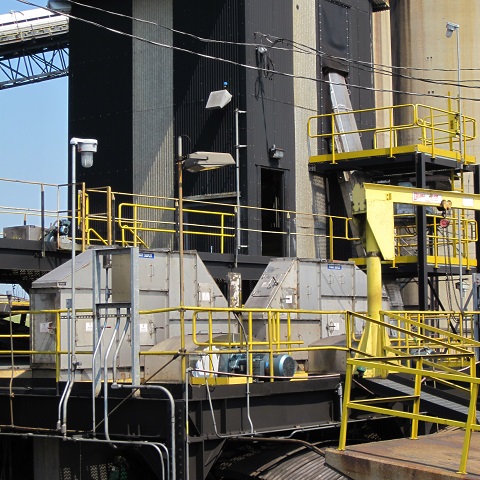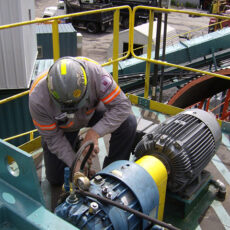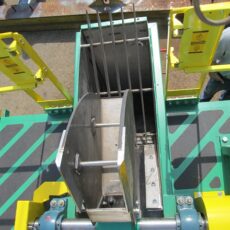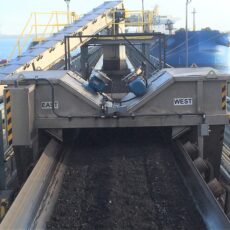Description
The “operations” portion of SAI’s standard Operations & Maintenance (O&M) program is built upon the following:
SAFETY
Comprehensive OSHA-compliant policies, continual employee training / re-training, and regular site auditing are our first order of business. All SAI personnel receive thorough safety training upon their hire and throughout their employment. This is accomplished through policy reviews in monthly meetings (see PQM below), annual performance reviews, and in day-to-day observation by management. We conduct regular safety audits at all operations, monthly checks of critical items, (such as first aid supplies, fire extinguisher charges, vehicle inspections, etc.).
SYSTEM MONITORING
Even though sophisticated PLC programs now monitor nearly every aspect of a sampling system, frequent system “walk-throughs” to assess component performance are still a critical element in a good operations program. From the primary increment to the discharge of reject material, SAI personnel regularly observe the entire system throughout each consignment to check component performance and material flow. They look for potential handling problems, maintenance items, or safety issues. Checklists are completed and reviewed to ensure proper system performance for compliance with ASTM standards.
SAMPLE RATIO MONITORING
It is SAI’s belief that the “sample ratio” is one of the most critical indicators of sampling system performance. All of our operations implement a sample ratio monitoring procedure which requires the immediate recording and charting of the ratio data. Ratio rogues or trends are promptly documented and investigated for determination of the problem and for its correction.
PREEMPTIVE QUALITY MANAGEMENT (PQM)
Each SAI operation conducts monthly PQM meetings between management and frontline personnel. In these meetings, various aspects of the operation are reviewed including: overall safety; re-training in a safety policy; general work instructions; maintenance issues; Incident Report review; special projects; and company-wide policies and activity. It is our feeling that the more informed the operation is, the better it operates.
DOCUMENTATION
Our operational program includes various documentation to provide a controlled sample process and a reviewable activity history.
- Operations Log – An Operation Log is completed for every consignment in order to provide as complete a picture as possible on all pertinent aspects of the loading or unloading operations. At a minimum, Operation Logs contain: detailed consignment information; sample order information; start/stop times for system clean-outs / walk-throughs / delays and incidents; recording of sample bags and weights; sample ratio data; and recording of customer/lot changes.
- Weight & Sample Report (WSR) – The WSR includes all pertinent identification information with regard to a consignment and the sample(s) collected for it. This chain-of-custody document is generated for every consignment sampled. A copy is provided to the Laboratory of Record and can be provided to the customer, if required.
- Incident Report (IR) – For a performance failure, mechanical problem, quality issue, customer complaint, safety violation, etc., an IR is promptly executed. This document includes: information on the issue; a listing of personnel involved and contacted. It also requires the person reporting/investigating the incident to offer suggestions for the prevention of a repeated incident. IRs are regularly reviewed by SAI management to ensure that all aspects of the incident have been satisfactorily addressed and that corrective measures have been implemented.



